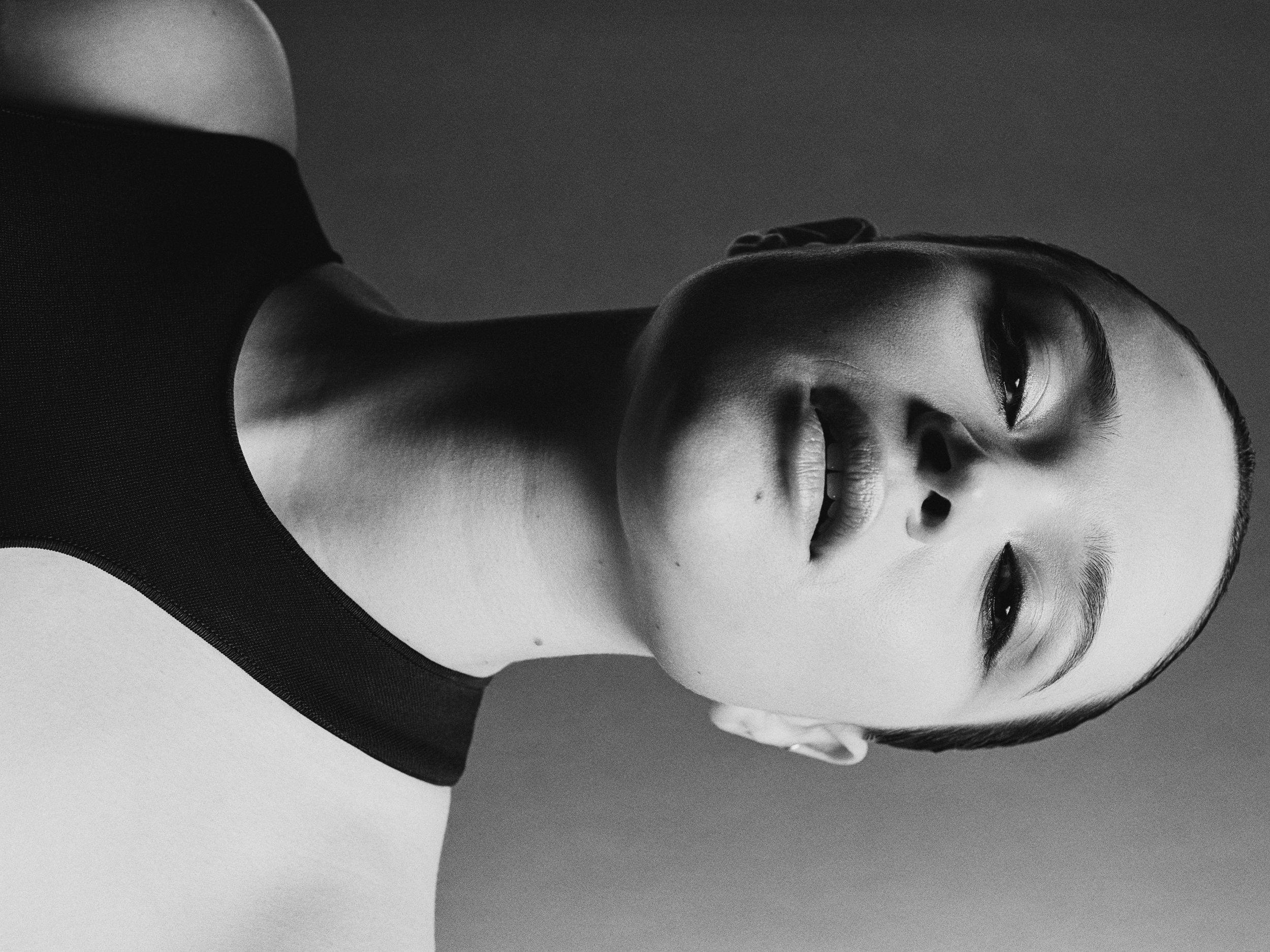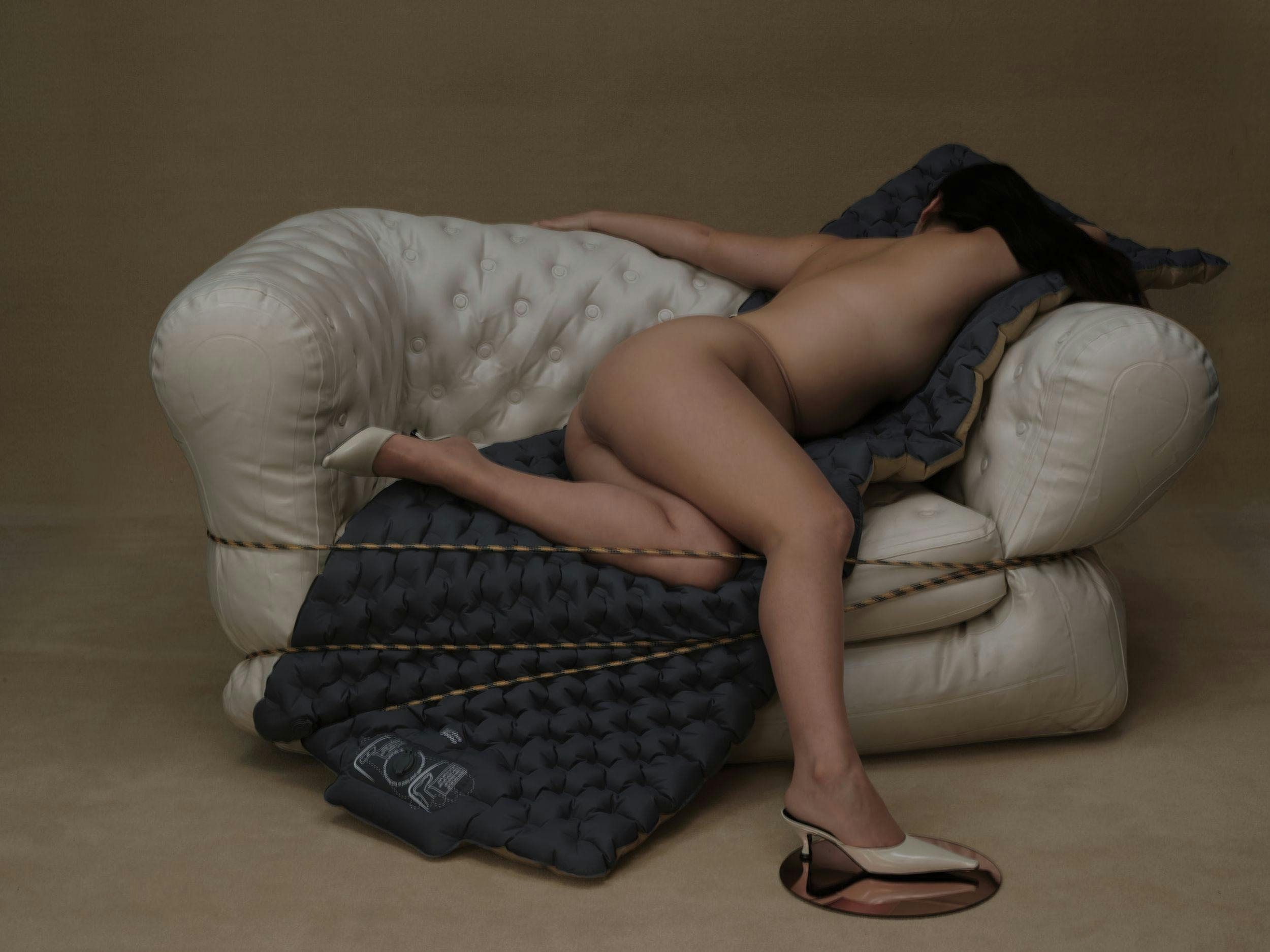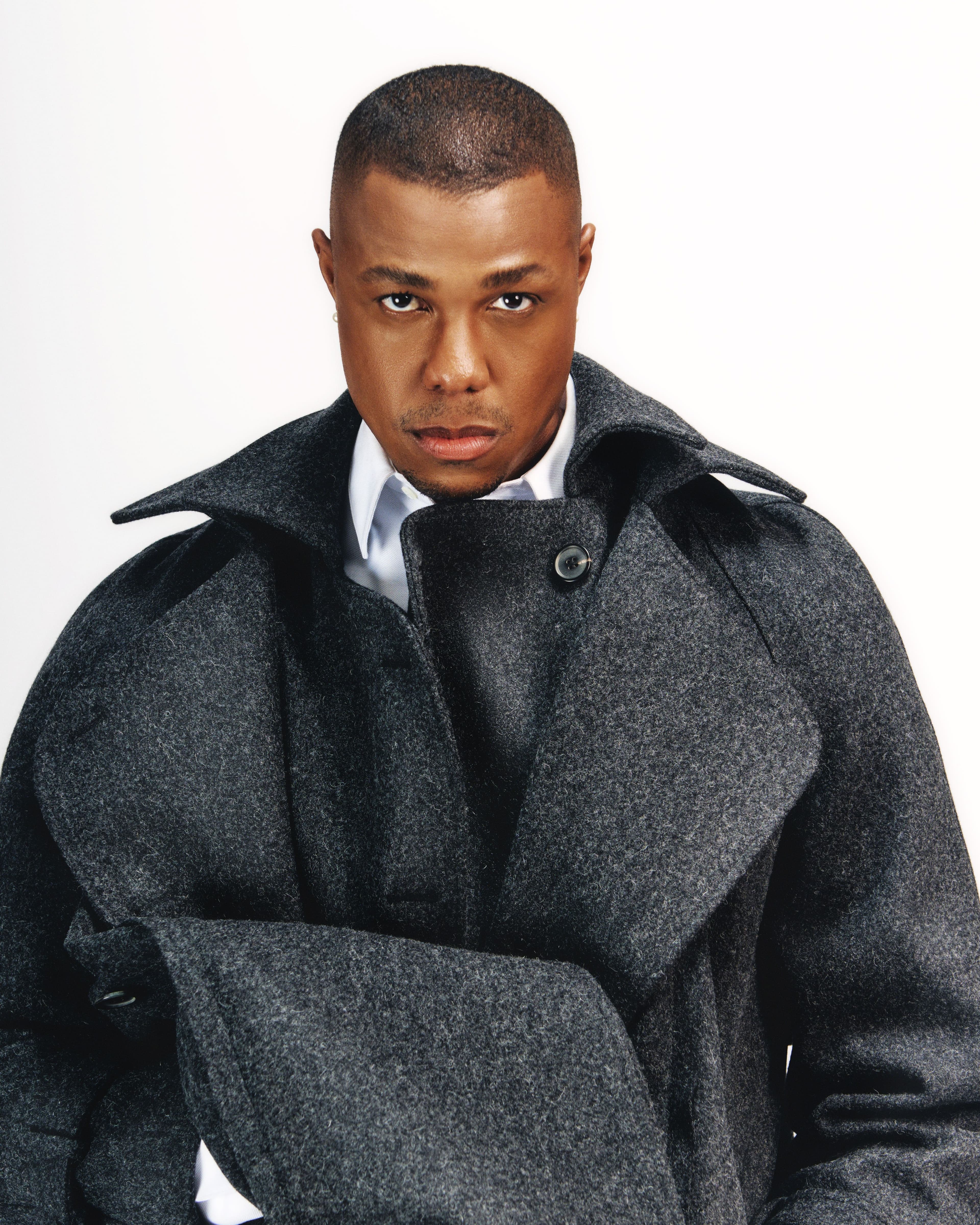
All CLOTHING by A--Company
Davóne Tines and the Future of Classical Music
On Instagram, Davóne Tines uses the handle @alsoanoperasinger, which might, at first, seem like a puzzling attempt by one of the most fascinating classical singers working today to deflect attention from the rich bass-baritone that led the New York Times to name him one of the breakout stars of 2022 in a list that also included Jack Harlow, Everything Everywhere All at Once’s Stephanie Hsu, and Abbott Elementary creator and star Quinta Brunson. In speaking with Tines, however, it quickly becomes clear that what he means is that, despite his burgeoning reputation as a performer, his ability to fill the cavernous reaches of the Park Avenue Armory with his embracing voice is merely one facet of many in his role as an artist and creator. He may be best known for his time under the spotlights, but behind the scenes, he is having just as much of an impact reimagining the world of classical music by questioning the relationships and dynamics between performers, creators, organizations, and audiences.
Last fall, Tines spent several weeks on tour crossing the United States with El Niño: Nativity Reconsidered, a chamber arrangement of an opera-oratorio by the legendary composer John Adams that reimagines the holiday tale through the voices of women and Latin American poets. Spearheaded by the celebrated soprano Julia Bullock and produced by the American Modern Opera Company (AMOC), of which both Bullock and Tines are members of the core ensemble, the work is compelling both as an artistic statement and a demonstration of a new way of working that empowers performers to participate in a creative process that typically builds around them rather than with them. “My amazing, incredible colleague Julia Bullock has put so much incredible energy and love and care into supporting and spreading this perspective as much as possible,” says Tines. “I really count it an incredible contribution of hers to the classical canon in terms of the music itself but also in the way of thinking.”
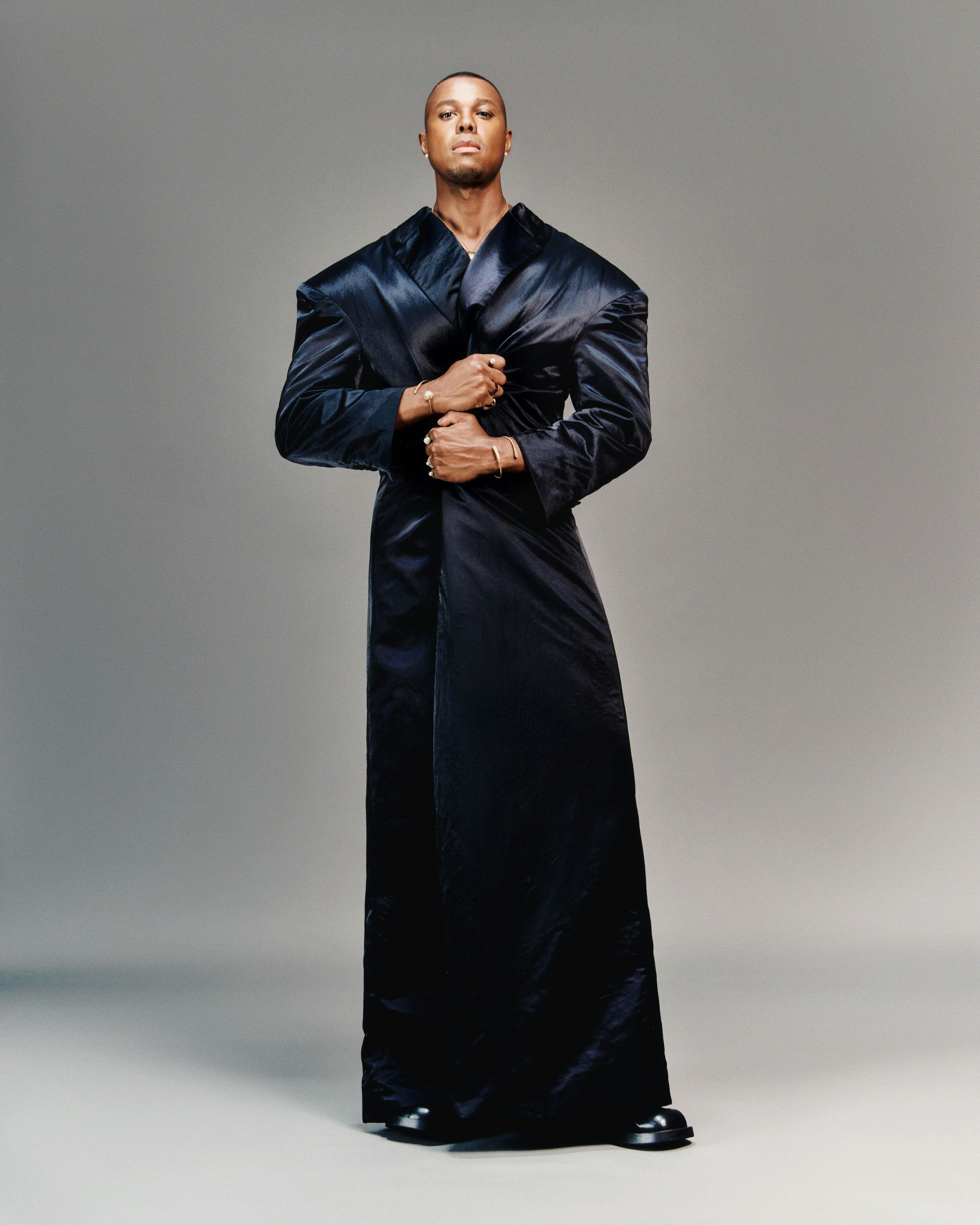
COAT by Willy Chavarria. PANTS by Yohji Yamamoto. SHOES by Camper Lab. NECKLACE and RINGS by Miansai. RING by Bernard James. All other JEWELRY throughout, talent’s own.
Having worked in arts administration before he transitioned into a career as a singer, it’s perhaps no surprise that Tines has chafed against the strictures of an industry in which artists are accustomed to being told what, where, when, and how to perform. “Early on, I took a pretty radical stance of not engaging in any work that I didn’t feel connected to. It’s our job as artists to find ourselves connecting to any work with which we engage,” he explains. “As a young singer, I definitely did a lot of gigs and it was a balance of finding, how do I actually connect to this thing? Not just showing up and doing a job, but using every single opportunity as a learning opportunity.”
Tines observed the different rehearsal processes in which he participated with a critical eye and found the general complacency of a world that was overwhelmingly dominated by a supposed canon of largely Western, white, male creators to be lacking. After years of having to explain himself over and over, he was searching for a way to bring his fullest self to the stage. “I remember distinctly walking around with a bunch of new colleagues and everyone talking about various roles and institutions that they were looking forward to engaging in. It came around to asking me like, ‘Oh, what roles do you want to do? What Mozart or blah blah blah are you aspiring to take on or put under your belt?’” he recalls. “And I said, ‘None of them because I don’t think I’ve fully considered what it means to walk in those places,’ because the way that they were talking about it was, these are the boxes that exist and here’s how I can fit myself into them.”

COAT, PANTS, and SHOES by Bode. SHIRT, stylist’s own.
As a result, Tines shifted his focus to new music, dedicating himself to working with an increasingly diverse cohort of composers and other creators who are reinventing the language and, perhaps more importantly, the process of classical music. In an insular industry with often strict expectations about how to build a career, fighting down a different path can be risky, but Tines argues that it has been incomparably rewarding as well. “New music was where I found space and minds and an open approach to creating the place where the boxes and proscriptions were not ironclad,” he explains. “In order to make things with a sense of freedom, it was the only place within classical music that I found where people were willing to take actual risks.
In the creation of something new, the raison d’être of the project is always at the forefront of everyone’s minds. Every single person involved is having to continually think, ‘Why are we making this thing?’ New music is the place of possibility and so it’s where I found my comfort.”

COAT by Willy Chavarria. PANTS by Yohji Yamamoto. SHOES by CAMPERLAB. NECKLACE and RINGS by Miansai. RING by Bernard James.
Over the past few years, Tines has collaborated with a wealth of notable composers on the creation of new work, including Adams, Kaija Saariaho, Terence Blanchard, Caroline Shaw, Tyshawn Sorey, and AMOC cofounder Matthew Aucoin, often with an eye to surfacing that sense of connection that is so vital to his practice. “Over the course of my career, it’s been about finding opportunities to express or excavate parts of my identity, my own journey as a person, hopefully with the idea of inviting other people to do those things as well,” he says. “It’s been a real blessing and a privilege to be able to make projects, foster projects, be a part of the creation of things that allow me to discover more about myself. I jokingly say I get paid to have therapy in front of people.” As his own profile has expanded, he has been given the rare opportunity to play a role in helping shape the kind of work that is created and presented on some of the most important stages around the world. “The other side of that is utilizing the opportunity of making new things or taking on projects or commissioning things to investigate the world,” he adds. “As Peter Sellars once said, the job of a director is to create the world in their own vision and then invite people into that world as a possibility that we hold together.”
One project that has commanded Tines’s attention of late has focused on the composer Julius Eastman, whose minimalist works created during the second half of the twentieth century have lately experienced a renaissance of sorts after decades of neglect thanks in part to Tines himself, who credits Jonathan Hepfer of the Monday Evening Concerts series for introducing him to Eastman’s work. “It was like discovering an ancestor that I never knew,” Tines recalls, describing his kinship with the earlier artist, who was also Black and gay. “I started to understand his way of working and his genius by trying to reconstruct something and getting to know his biography and then felt a certain frustration with the institutions I had been involved with, the Harvard Music Department, Juilliard, contemporary music survey courses, and not having heard of Eastman at all. Having had a complicated time entering my musical career, especially out of Juilliard, I felt a certain anger at the larger idea that the institution or academia had withheld from me an important lifeline, essentially, a mold or a possible path to follow. I would have felt less adrift.”
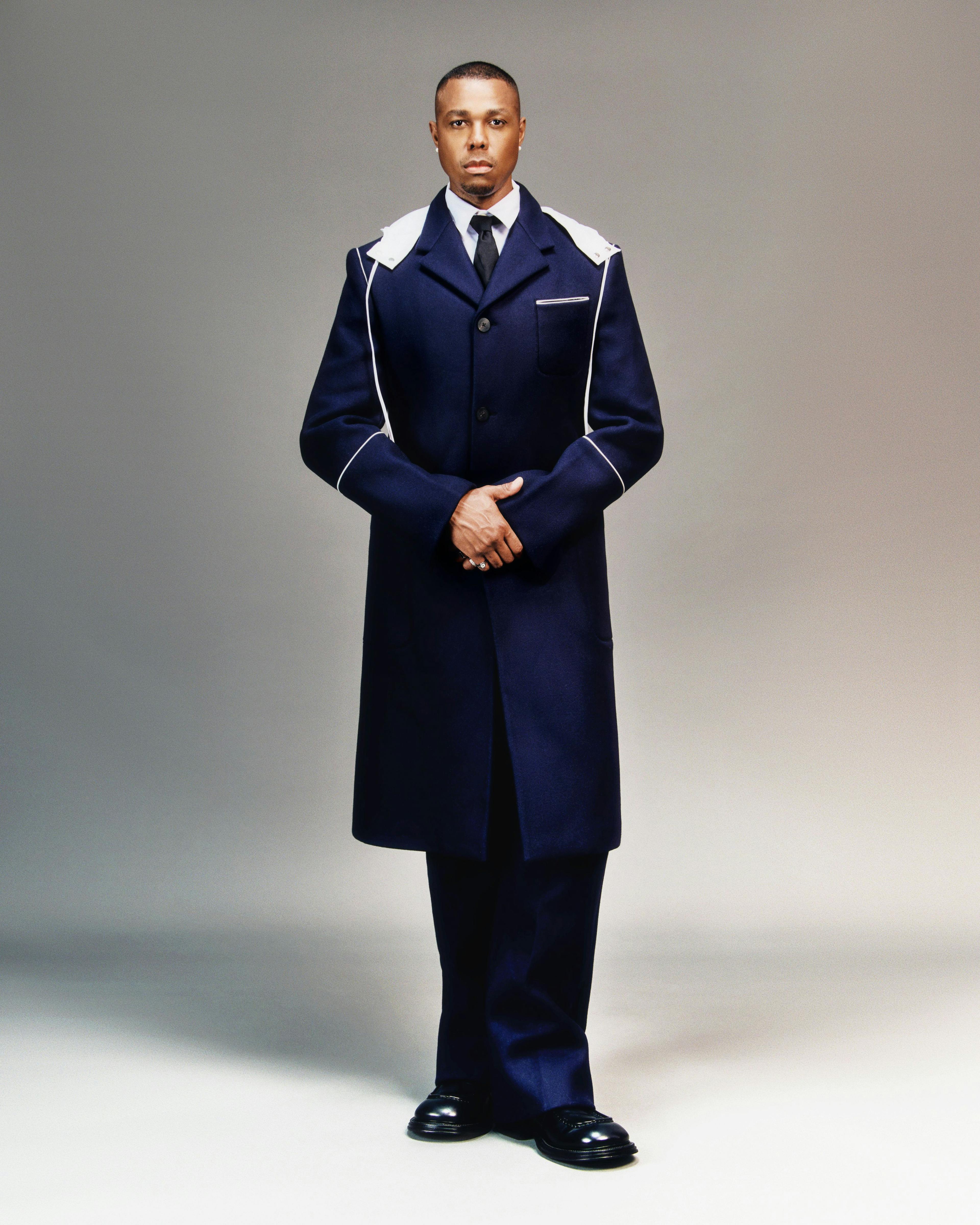
All CLOTHING and ACCESSORIES by Ferragamo
Since earlier in the pandemic, when all of the hectic schedules of the classical world were suddenly brought to a halt, Tines has been working with fellow members of AMOC to create a piece that revisits Eastman’s legacy. He notes the privilege of having months for a creative process that allowed the artists to meet regularly to share reading lists and conversations in order to connect more deeply with their subject, offering it as a model for a more collaborative environment that involves performers at a more nascent stage, a somewhat revolutionary idea for organizations that are accustomed to firm hierarchies. “I think, like myself, many of the members of AMOC have been interested in redistributing the agency and power within the creation of performing arts,” he says. “It’s interesting that in the past couple years, institutions and perhaps other artists are waking up more to the possibilities of actually shifting the power balance within the creative arts and just engaging people, engaging parts of institutions, including the artists and the administrators and the audience, as humans before anything else, as individuals who come together to create something as opposed to, in a more capitalistic context, alienating people, their individuality, from their quote-unquote function. Institutions often do not intentionally think about who the institution is made up of. How are those people served by the DNA and the mission of the institution itself? That spills over into the institution’s interaction with other people with which they engage, meaning the artists and the audience.”

COAT and SHOES by Loewe. SHIRT by Hermès. PANTS by AMI Paris.
Still, despite his insurgent ideas about the field of classical music, which also include the insistent uplifting of artists with underrepresented perspectives (including his own), Tines insists he is not an activist. “I often get misconstrued as an activist—I am not,” he says. “That is a very specific job and role, probably the most important role in our society, people that engage the institutional structures that be in order to shift them for the greater good, people that have intimate knowledge and are part of a long lineage of engaging power. What I can do is point to those things, but I only point to them through the intention of expressing my own existence and viewpoint. I think my responsibility is to be myself as much as possible and to provide myself the care of being self-reflective so that the things that I make have integrity. If I am doing that, then I will make things that are in response to my own life or my own existence.”
On Instagram, Tines lists his category as ‘Musician/band,’ appending ‘/Creator/Opera singer’ to reflect the variety of his roles. He could also add ‘director,’ as in the music film he created in 2020 for Lincoln Center in tribute to Breonna Taylor; ‘bandleader,’ as the head of the trio the Truth with pianist John Bitoy and sound artist Khari Lucas; and ‘professor,’ with his recent Harvard courses on the art of storytelling alongside AMOC cofounder and artistic director Zack Winokur. Later this month, he’ll make his debut at the Metropolitan Opera in a full version of El Niño, bringing his voice to one of the grandest stages in classical music. The Met is a highlight of any performer’s career, but for Tines, it also represents an opportunity for him to share even more of himself, his values, his hopes, and his ideas. “That’s not for the point of saying, ‘You people need to do this,’ that’s to the point of saying, ‘I need to live in a world where these ideals are true and they’re championed,’” he reflects. “I’m trying to use the biggest megaphone possible in order to pump out the truth and the possibility of those values because I need them and, hopefully, if I’m positively reflecting the worlds and the community I come from, that will have a radiating effect and, hopefully, inspire somebody to consider themselves differently or consider how to make change differently.”
El Niño premieres April 23 at the Metropolitan Opera, New York. Tines can be heard on a recording of Adams’s Girls of the Golden West with the Los Angeles Philharmonic Orchestra out April 26. Be one of the first to read this story and many more in print by ordering our seventh issue here.
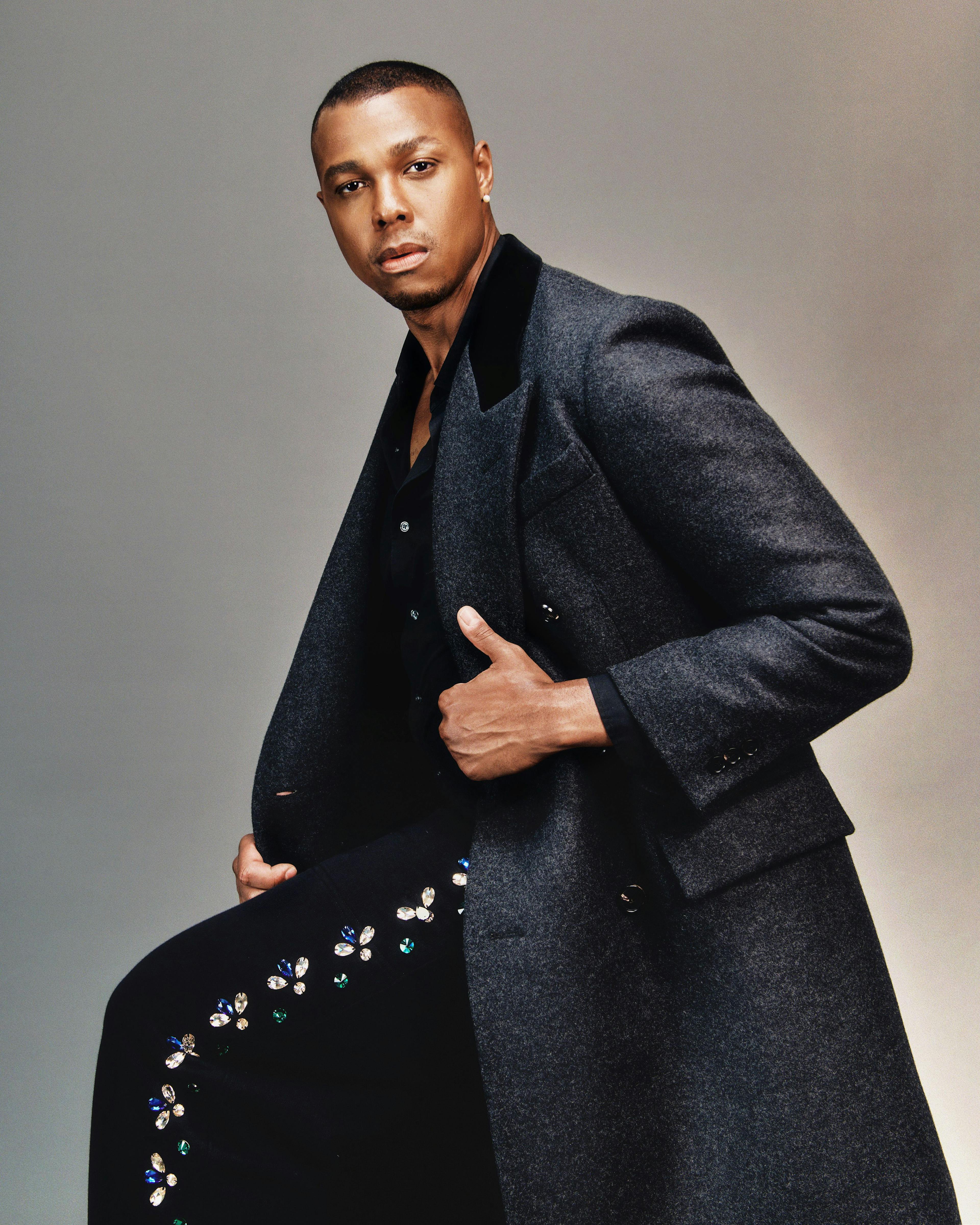
COAT, PANTS, and SHOES by Bode. SHIRT, stylist’s own.
As a nonprofit arts and culture publication dedicated to educating, inspiring, and uplifting creatives, Cero Magazine depends on your donations to create stories like these. Please support our work here.



